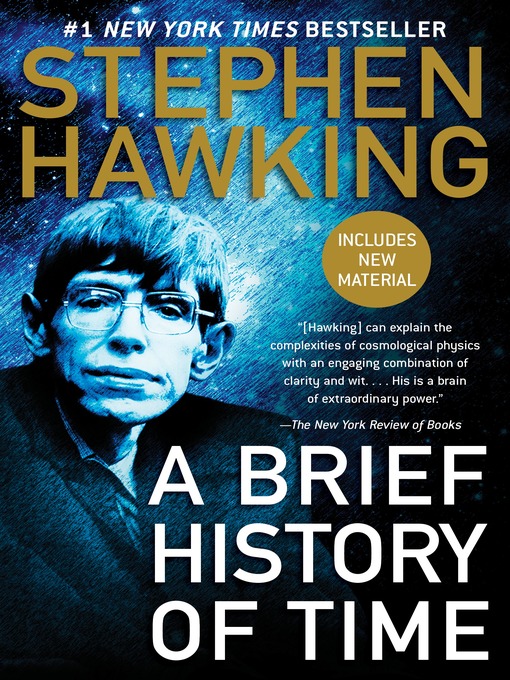Chapter One
Chapter One
Our picture of the universe
A well-known scientist (some say it was Bertrand Russell) once gave a public lecture on astronomy. He described how the earth orbits around the sun and how the sun, in turn, orbits around the center of a vast collection of stars called our galaxy. At the end of the lecture, a little old lady at the back of the room got up and said: “What you have told us is rubbish. The world is really a flat plate supported on the back of a giant tortoise.” The scientist gave a superior smile before replying, “What is the tortoise standing on?” “You’re very clever, young man, very clever,” said the old lady. “But it’s turtles all the way down!”
Most people would find the picture of our universe as an infinite tower of tortoises rather ridiculous, but why do we think we know better? What do we know about the universe, and how do we know it? Where did the universe come from, and where is it going? Did the universe have a beginning, and if so, what happened before then? What is the nature of time? Will it ever come to an end? Can we go back in time? Recent breakthroughs in physics, made possible in part by fantastic new technologies, suggest answers to some of these longstanding questions. Someday these answers may seem as obvious to us as the earth orbiting the sun–or perhaps as ridiculous as a tower of tortoises. Only time (whatever that may be) will tell.
As long ago as 340 B.C. the Greek philosopher Aristotle, in his book On the Heavens, was able to put forward two good arguments for believing that the earth was a round sphere rather than a flat plate. First, he realized that eclipses of the moon were caused by the earth coming between the sun and the moon. The earth’s shadow on the moon was always round, which would be true only if the earth was spherical. If the earth had been a flat disk, the shadow would have elongated and elliptical, unless the eclipse always occurred at a time when the sun was directly under the center of the disk. Second, the Greeks knew from their travels that the North Star appeared lower in the sky when viewed in the south than it did in more northerly regions. (Since the North Star lies over the North Pole, it appears to be directly above an observer at the North Pole, but to someone looking from the equator, it appears to lie just at the horizon. From the difference in the apparent position of the North Star in Egypt and Greece, Aristotle even quoted an estimate that the distance around the earth was 400,000 stadia. It is not known exactly what length a stadium was, but it may have been about 200 yards, which would make Aristotle’s estimate about twice the currently accepted figure. The Greeks even had a third argument that the earth must be round, for why else does one first see the sails of a ship coming over the horizon, and only later see the hull?
Aristotle thought the earth was stationary and that the sun, the moon, the planets, and the stars moved in circular orbits about the earth. He believed this because he felt, for mystical reasons, that the earth was the center of the universe, and that circular motion was the most perfect. This idea was elaborated by Ptolemy in the second century A.D. into a complete cosmological model. The earth stood at the center, surrounded by eight spheres that carried the moon, the sun, the stars, and the five planets known at the time, Mercury, Venus, Mars, Jupiter, and Saturn (Fig 1.1). The planets themselves moved on smaller circles attached to their respective spheres in order to account for their rather complicated observed...





